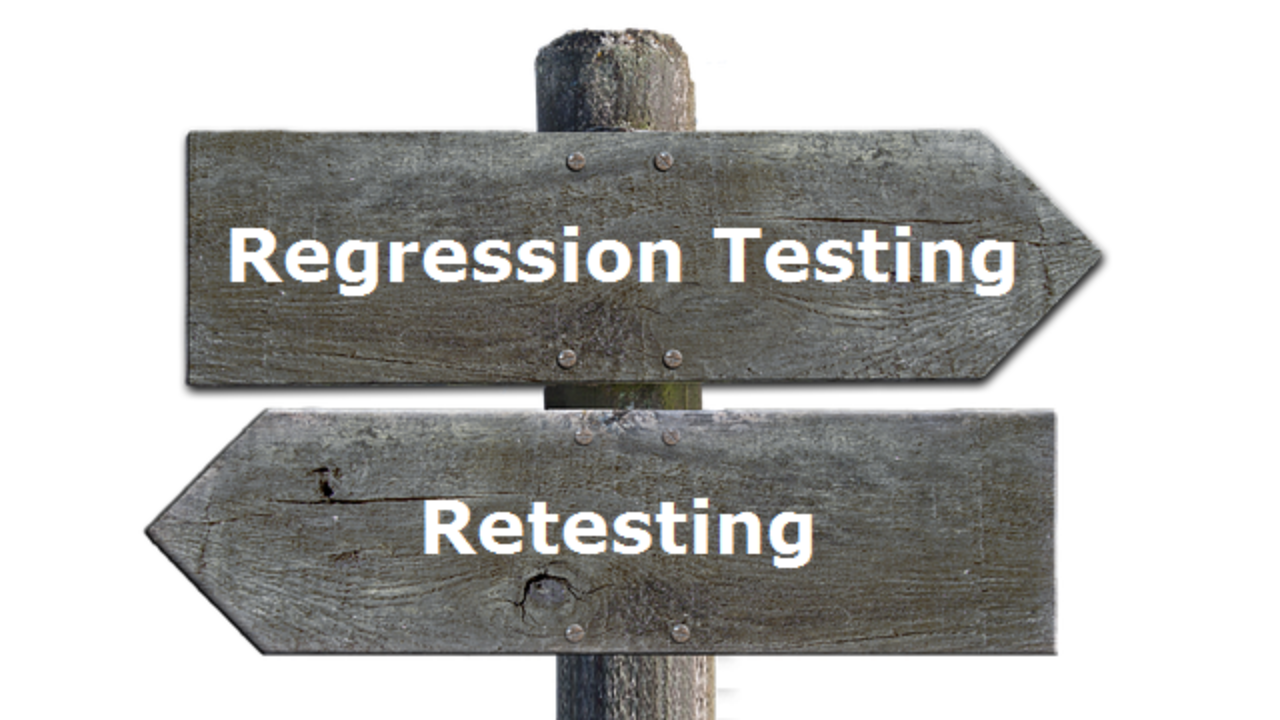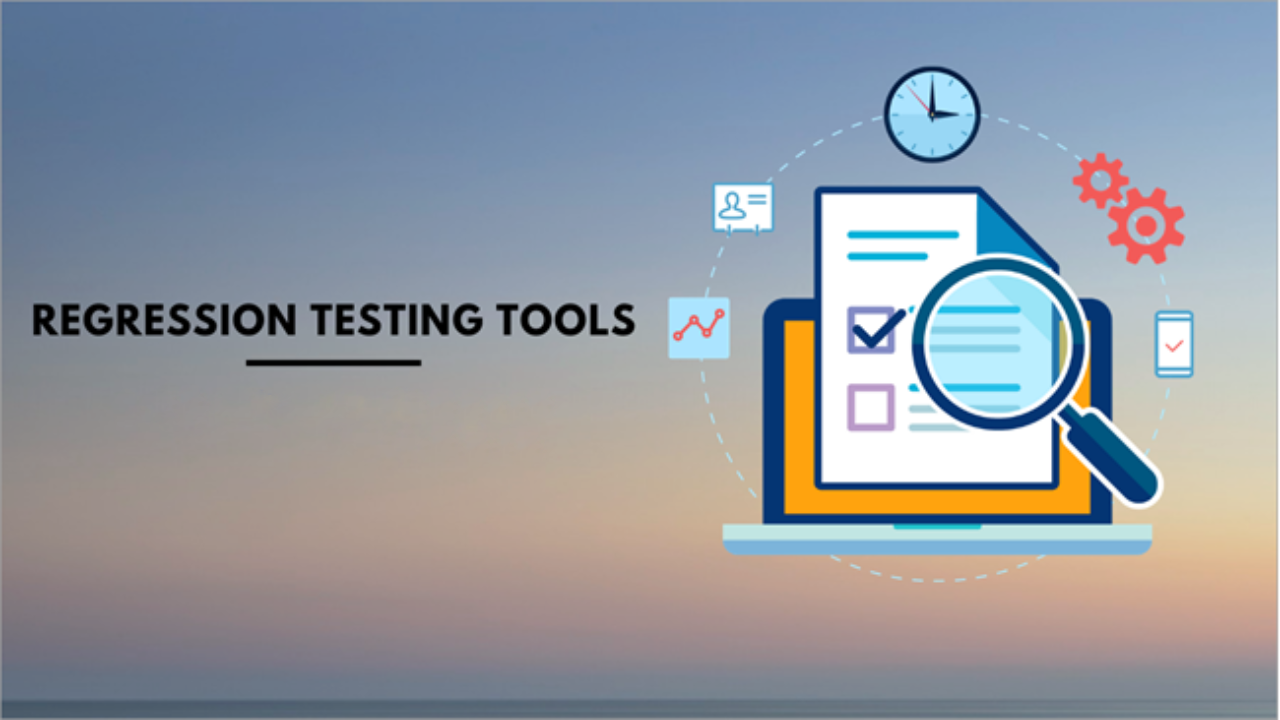Imagine you make a minute modification in your code, and unexpectedly another part of your code stops working. You’re just a day away from an important release, and fear sets in. You wonder how can changing that one variable cause a problem in the whole code? You spend minutes figuring out the cause but then, a colleague of yours recalls a bug from months ago. You both deliberate can this be the same thing? This is where regression testing jumps in.
This guide will cover everything that you need to know about software regression testing, its benefits, types, techniques, and challenges as well as when to apply it.
What is Regression Testing?
“Software never was perfect and won’t get perfect. But is that a license to create garbage? The missing ingredient is our reluctance to quantify quality.”
Boris Beizer
Software Regression Testing definition according to Wikipedia:
“Regression testing is re-running functional and non-functional tests to ensure that previously developed and tested software still performs after a change. If not, that would be called a regression. Changes that may require regression testing include bug fixes, software enhancements, configuration changes, and even substitution of electronic components.”
Here we explain regression testing in simple words.
You are in your kitchen all prepared to cook a fantastic curry for lunch. You have the recipe in front of you but you’re missing out on an important element – the spice measurements! Now you take a step back and come up with a proper recipe plan in which consistency of the flavors, main ingredients, especially evenness of the spices are unharmed.
Since you already have the recipe handy, you simply have to conduct regression testing each time you add a spice. Just like that, whenever you release new software, you ensure to test its overall functionality. Conversely, to re-run old tests is by the same token very important.
The above example fits best here, just the way with a single change in the code the entire functionality was affected, by re-running old tests, you ensure that the new software does not introduce or re-introduce a defect in the software.

Let’s further discuss software regression testing in detail.
Preferably, regression testing must be conducted each time you make a change to the code or a formerly detected problem has been fixed. This must be a continuous process, for the reason that every time you perform it, a new bug can be detected and resolved.
Understanding Re-Testing and Regression Testing
| Re-testing | Regression Testing |
|---|---|
| Testing of a specific bug after it has been resolved. | The test is performed to check whether the latest code alteration has not disturbed existing attributes. |
| A software or a feature that was not working before was fixed and now ready to be re-checked. | To ensure that a new code change does not distress current functionalities. |
| Re-testing cater to defect verification | A software defect is a coding or logic error caused due to system breakdown. Defect verification isn’t the part of Regression Testing. |
| Its priority must be respected | It can be carried alongside re-testing |
| It is a proper-planned testing | It is not truly planned but is casually performed |
| It is performed for the flopped test cases | It is performed for passed test cases |

When to Apply Regression Testing?
Did we leave you wondering when to perform regression testing? Here we answer it:
- With the addition of new features
- Requirement change
- When there is a defect fix
- Performance issues
- Environment changes
- When there is a patch fix
How is Regression Testing Implemented?
Each time a new feature is added to the current software the regression test implementation goes this way:
1- Re-test All:
As the name imitates, re-testing is a technique that outlines to once again completely test the entire software from top to bottom. We have pretty much covered this talk in the above comparison, but to further explain the concept – the earlier failed test cases are verified again to confirm if any defects are left to be catered.
2- Regression Test Selection:
You all must be using the Facebook application, right? You stay connected with your friends, upload your stories, share how your day went on the news feed, and so on. What if the most important feature i.e. ‘post a picture’ doesn’t work? The application will be of no use to you.
So, in the regression testing selection method, the QA team chooses the most critical features of the software to test them first so that the software stays up and running.
Just to inform, it will be equivalent to performing a complete test but in less cost and time.
3- Test case prioritization:
In case of limited test cases, you try to prioritize those tests that could influence more on both the present and future builds of the software.

It is a common practice and a smart choice to run automated regression tests. To competently perform it, your Quality Assurance Team makes use of automated regression testing tools to augment the pace of writing scripts and overall sessions.
There are dozens of tools available on the web to perform automated regression testing from which the following are the best choices.
- Subject7
- Testimony
- Digivante
- Testsigma
- Sahi Pro
How Important is Regression Testing for Your Business?
“Regression testing? What’s that? If it compiles, it is good; if it boosts up, it is perfect.”
Linus Torvalds
The ideal way to perform regression testing is by breaking up the code into smaller chunks so that it doesn’t take much of your time. This way you can prioritize the important test cases to be verified, primarily.
Realistically speaking, without regression testing, it is almost impossible to confirm the level of maturity of your product. Think of it as a building block, a single pillar that is holding up the entire quality of your product. It’s worth a shot! After all, what you desire are happy customers.
Hence always perform automated regression testing but, by following a strategy. Bear in mind that the testing strategy, counting regression, functional and unit testing, should be continually adjusted and updated.
If you want to check out more articles on the market’s most trending technologies like Python, DevOps, Artificial Intelligence, or any tech-related info then you can refer to Nextbridge!

FYI
Of course, you demand applications that are more dynamic than ever. Bug fixes, database updates, code modification for new improvements, functionality enhancements are services that each one of the products requires.
We have a team that can not only build your software from scratch but provide regression testing or any of the above-mentioned services for an improved and mature software product.
You can always reach out to us for any help required!




